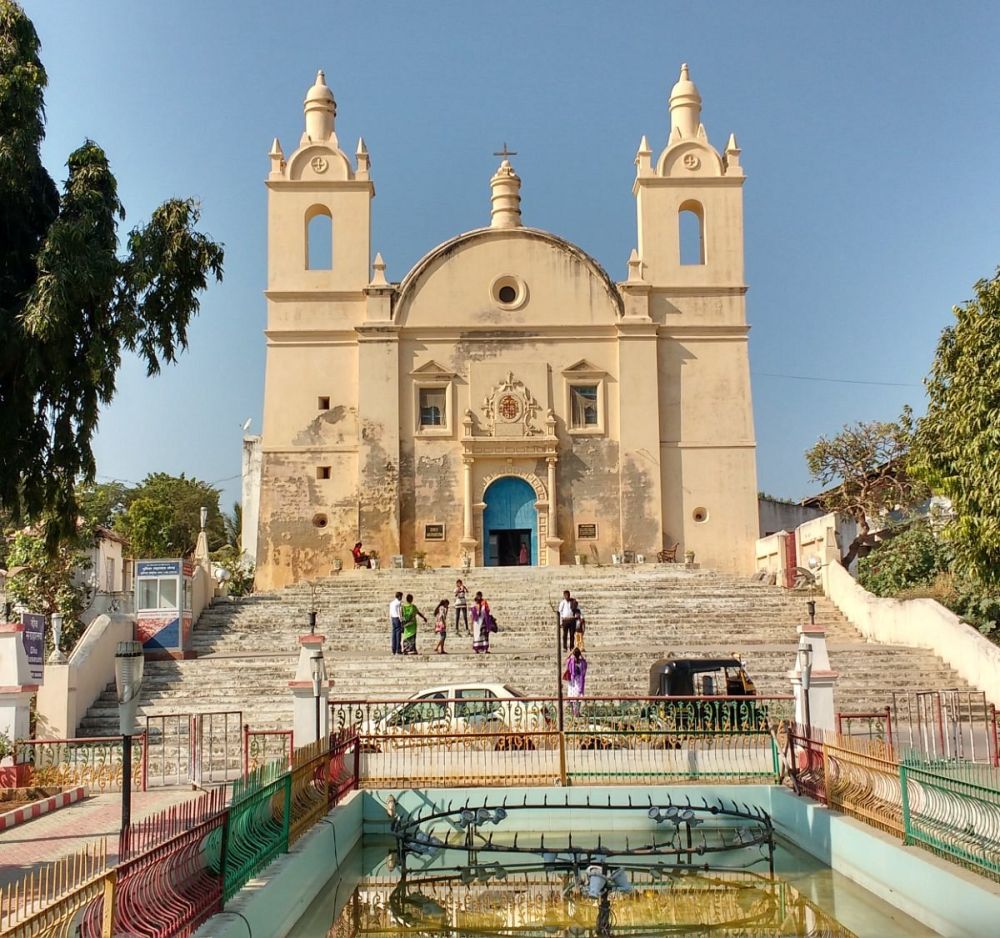

Diu, a small island off the coast of Gujarat, India, boasts a vibrant history that dates back to the early 14th century when it was an important trading post and naval base. The Portugese colonized Diu in 1535, leaving behind a rich architectural and cultural legacy of which the Diu Museum is a significant part. Initially, Diu was a strategic outpost on the trading routes of the Arabian Sea, but it gradually became a bastion of Portuguese culture and military might in the region.
The Diu Museum was once the St. Thomas Church, dedicated to St. Thomas the Apostle. Constructed in 1598, the church is a stunning example of Gothic architecture. With the decline in population and the congregation, the church was later repurposed into a museum. It now houses a collection of Catholic saint statues and various stone inscriptions of the bygone era, turning it into a key historical attraction.
Tourism in Diu started to flourish after the end of colonial rule in the 1960s when the Indian government invested in showcasing the cultural and historical treasures of the region to the world. Busloads of tourists started arriving, intrigued by the remnants of Portuguese rule mingled with local Gujarati culture, sandy beaches, and tranquilizing sea breeze. The Diu Museum became one of the many attractions bringing people closer to the island's past.
In recent years, Diu has seen a diversification of its tourism offerings. Eco-tourism and adventure sports have become increasingly popular. The tranquil beaches promote beach tourism, and water sports like parasailing and water skiing offer thrills to visitors of various age groups. Diu's annual Festa De Diu is considered Asia's longest beach festival, offering cultural performances, art installations, and hot air balloon rides, which attract a plethora of tourists. Moreover, Diu is gaining recognition for its sustainability efforts, with initiatives like solar-powered facilities becoming a draw for environmentally conscious travelers.
The transformation of an old church into a popular museum is representative of Diu's adaptive history and its ability to blend its Portuguese heritage with its Indian culture. This museum not only serves as an educational site but also strengthens Diu's position as a multi-layered tourist destination. Visiting the museum is now considered a must-do activity for any tourist, providing insight into the historical and spiritual landscape that has shaped the region.
The museum is open to visitors throughout the week, except on Mondays. The best time to visit is between October to March when the weather is pleasant and conducive to exploring outdoor attractions. Whether you're a history buff, a cultural enthusiast, or simply a curious traveler, the Diu Museum promises a reflective journey into the heart of a bygone era that still resonates with the present.